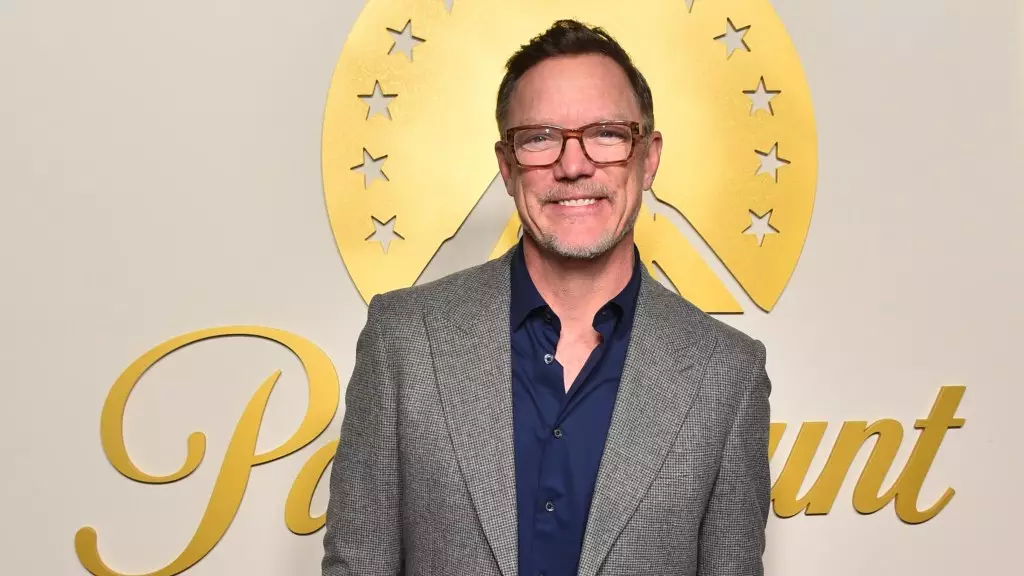In an era where nostalgia fuels the film industry, the return of Matthew Lillard to the Scream franchise is met with both excitement and trepidation. During a recent panel at Hartford’s 90s Con, Lillard openly expressed his anxieties about potentially tarnishing the legacy of a film that has shaped the horror genre since its groundbreaking debut in 1996. Lillard’s portrayal of Stu Macher made a significant impact, earning him a place in the pantheon of slasher villains. However, the actor’s apprehension highlights an important quandary faced by many artists: how to navigate the expectations of a devoted fanbase while seeking to create compelling new content.
The Scream series, known for its self-referential humor and clever plot twists, has spawned six sequels over the years, each attempting to balance the franchise’s roots with contemporary scares. Yet, as Lillard candidly admitted, the pressure to deliver can become overwhelming. He mused, “I could really suck,” capturing a sentiment that many returning actors must grapple with. What happens when you return to a role that defines a part of your career, especially after years of growth and change? The fear of disappointing ardent fans lurks in the shadows like Ghostface himself.
Returning to Woodsboro: A Double-Edged Sword
Lillard’s comments resonate deeply within the current landscape of Hollywood, where reboots and sequels reign supreme. While fans are undeniably eager to see familiar faces return, the reality is that nostalgia does not always equate to quality. The notion that legacy projects can ruin fond memories looms large. Lillard’s worry about “punishing something that I could never have touched” speaks volumes about the artist’s struggle to carve a new identity while being tethered to a celebrated past.
Further complicating matters is the storytelling challenge that accompanies such a revival. Scream’s ability to keep audiences on the edge of their seats is rooted not only in its eerie suspense but also in its evolving narrative. With the introduction of new characters alongside legacy stars like Neve Campbell and Courteney Cox, how will the film maintain its originality while still appealing to a new generation? Lillard’s fears resonate here as well; there’s a fine line between homage and redundancy, and crossing it can lead to disastrous results.
The Balancing Act of Nostalgia and Innovation
As the upcoming seventh installment prepares for its debut next February, fans will keenly observe how the filmmakers address both Lillard’s and their own expectations. One can’t help but ponder whether Lillard will embody the beloved yet malevolent spirit of Stu Macher or if he runs the risk of becoming a mere ghost of the character himself. Scream’s legacy is rich and complex, filled with layers that have attracted new fans while tugging at the heartstrings of those who grew up alongside it.
This delicate balance between nostalgia and innovation presents a unique challenge—not just for the filmmakers but for everyone involved. The pressure to honor the original while recontextualizing it for today’s audience creates a complicated tapestry that must be woven carefully. As Lillard takes this bold step back into Woodsboro, the question remains: Will he embrace the legacy or crumble under its weight? For fans and creators alike, this return epitomizes the high stakes of nostalgia in contemporary cinema and the courage it takes to breathe life into a beloved franchise once again.

